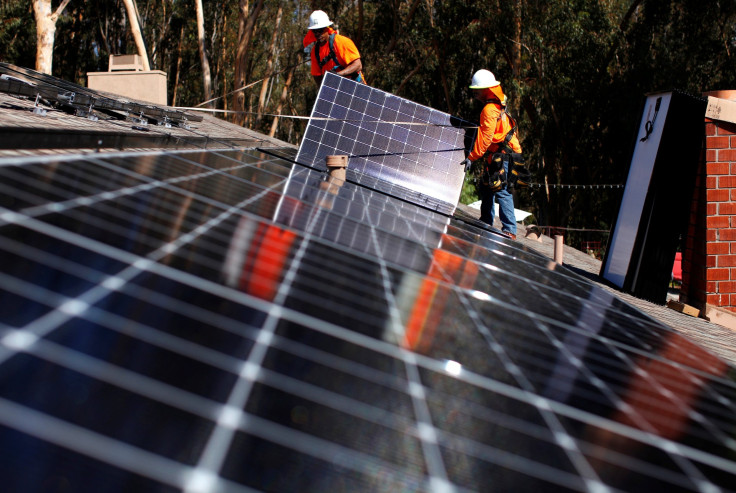Rooftop solar workers constitute a large part of renewable energy sector, ABS says

Rooftop solar has emerged as Australia’s topmost employer in the renewable energy industry. According to the most recent report from the Australian Bureau of Statistics (ABS), as many as 5,570 full-time workers were employed in the rooftop solar sector in 2015-16.
At the same time, around 11,150 people were employed full-time in the renewable energy sector. With this, rooftop solar sector accounted for almost 50 percent. Nevertheless, the numbers recorded were lesser than in 2014-15 and, furthermore, in 2011-12 when the stats reached their maximum at 19,220.
Western Australia saw the largest proportion of full-time employment in the solar power sector (93 percent) in 2015-16. The numbers varied for different states. Northern Territory followed closely behind at 82 percent, Victoria finished third at 71 percent and South Australia recorded 66 percent employment. Queensland and New South Wales rounded up the list with 54 percent and 53 percent respectively.
The statistics come as a 10MW solar farm is being developed in Northam, Western Australia, by Carnegie Clean Energy. The company has also announced its plans to construct large-scale solar and battery storage plants around the country.
The solar project comes after a deal was struck between Carnegie’s wholly owned subsidiary Energy Made Clean and Australian property group Lendlease in December last year. Located around 100 kilometres east of Perth, the Northam solar plant is expected to produce around 24,000MWh of electricity annually, which will be delivered to the Western Australia grid.
The project has been privately funded and is forecast to kick off its operations by the end of this year. The ownership and operational control of the solar power station will lie with Carnegie for the next 25 years, the company announced. It will be selling the power as part of a contract through a power purchase agreement.
Although the statistics for employment in the renewable energy sector have spiralled downward for 2015-16, the demand for solar batteries is expected to increase as millions of suitable rooftops across Australia remain without solar panels. The cost for solar power is also expected to go down. Currently, there are more than 1.6 million solar power system installations across the country, which will also create new jobs. “This is still a relatively new collection, and improvements to the estimation methods continue to be made as new data sources are identified, so the publication is expected to evolve over time,” ABS Program Manager of Environment and Agricultural Statistics, Lisa Wardlaw-Kelly said.





















